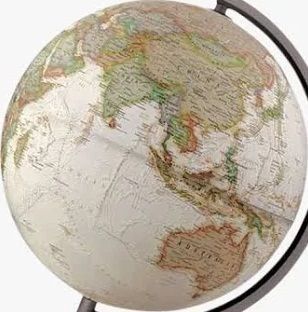
"a hard-working forward whose forte was running with the ball but (who) was none too accurate in his shooting"
“a busy worker and tremendous player”
"Both teams played remarkably well and the contest throughout was an exceedingly close one. The Scotchmen exhibiting the utmost proficiency in the essential art of passing while the home team worked admirably, the 'Backs' exhibiting some really excellent play."
